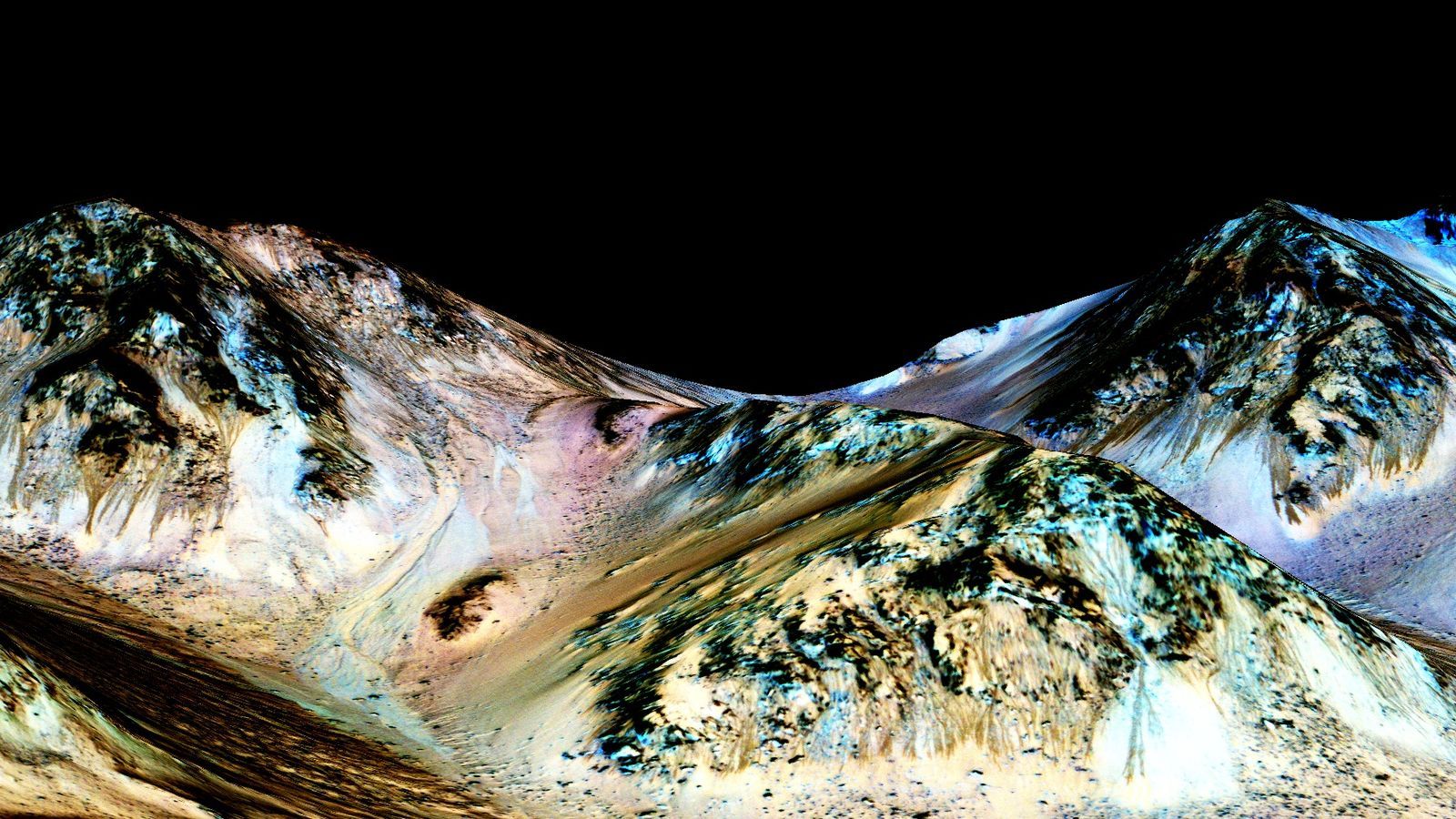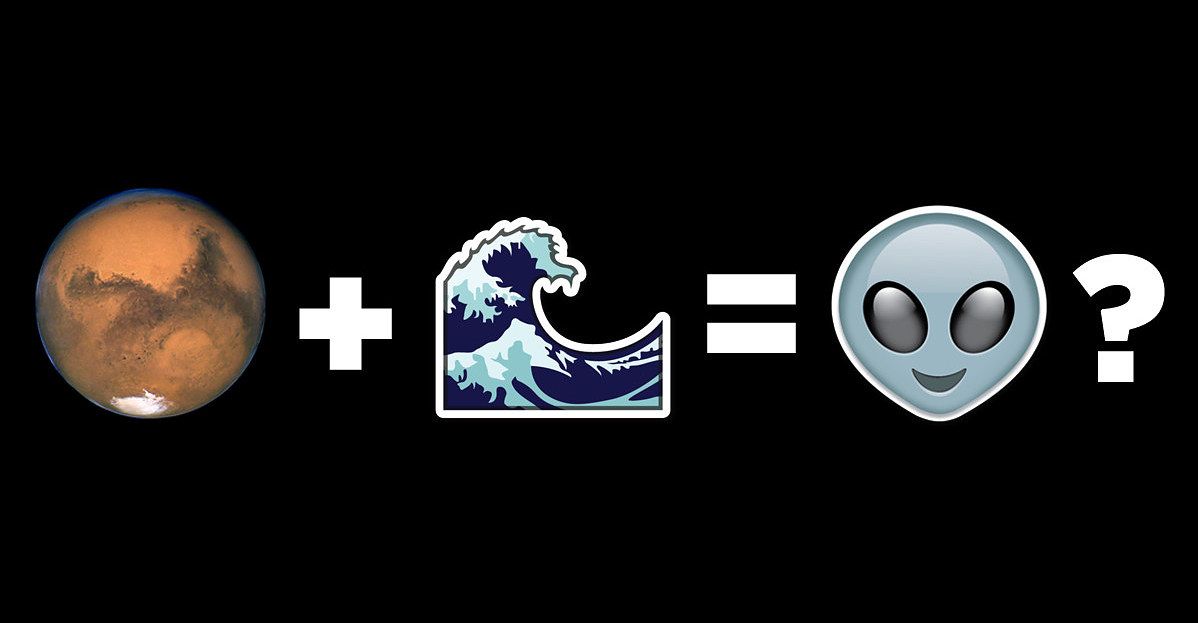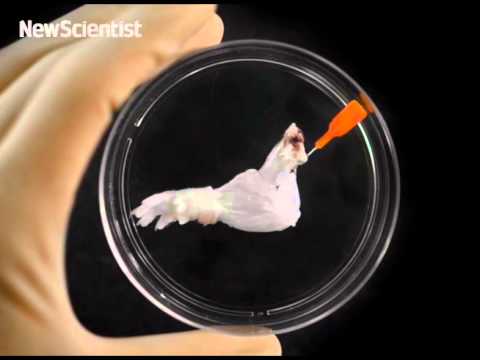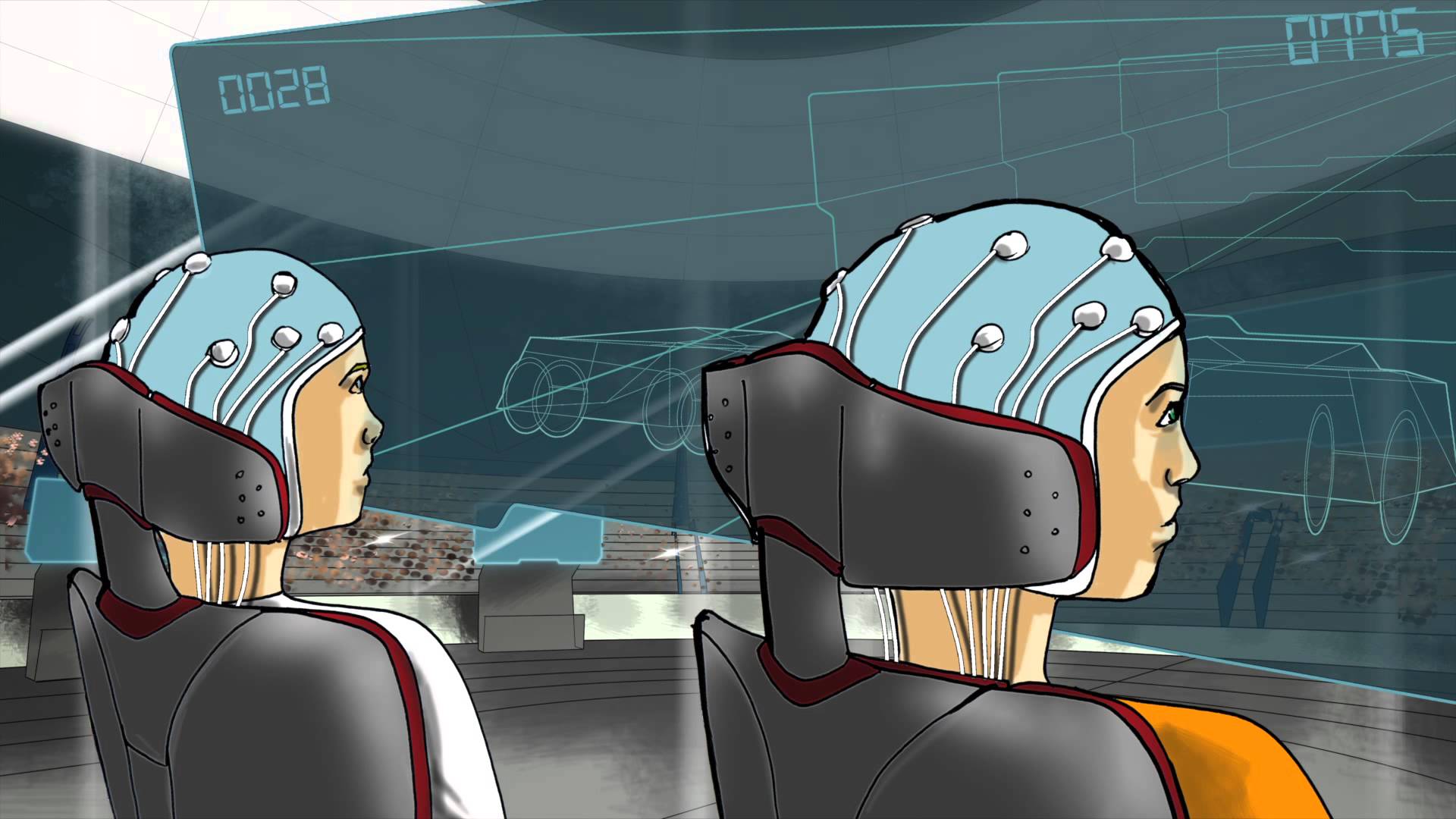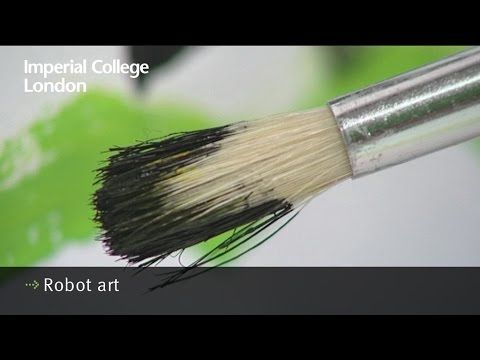
“As part of the BBC’s Intelligent Machines season, Google’s Eric Schmidt has penned an exclusive article on how he sees artificial intelligence developing, why it is experiencing such a renaissance and where it will go next.”
Although it was made in 1968, to many people, the renegade HAL 9000 computer in the film 2001: A Space Odyssey still represents the potential danger of real-life artificial intelligence. However, according to Mathematician, Computer Visionary and Author Dr. John MacCormick, the scenario of computers run amok depicted in the film – and in just about every other genre of science fiction – will never happen.
“Right from the start of computing, people realized these things were not just going to be crunching numbers, but could solve other types of problems,” MacCormick said during a recent interview with TechEmergence. “They quickly discovered computers couldn’t do things as easily as they thought.”
While MacCormick is quick to acknowledge modern advances in artificial intelligence, he’s also very conscious of its ongoing limitations, specifically replicating human vision. “The sub-field where we try to emulate the human visual system turned out to be one of the toughest nuts to crack in the whole field of AI,” he said. “Object recognition systems today are phenomenally good compared to what they were 20 years ago, but they’re still far, far inferior to the capabilities of a human.”
To compensate for its limitations, MacCormick notes that other technologies have been developed that, while they’re considered by many to be artificially intelligent, don’t rely on AI. As an example, he pointed to Google’s self-driving car. “If you look at the Google self-driving car, the AI vision systems are there, but they don’t rely on them,” MacCormick said. “In terms of recognizing lane markings on the road or obstructions, they’re going to rely on other sensors that are more reliable, such as GPS, to get an exact location.”
Although it may not specifically rely on AI, MacCormick still believes that with new and improved algorithms emerging all the time, self-driving cars will eventually become a very real part of our daily fabric. And the incremental gains being achieved to make real AI systems won’t be limited to just self-driving cars. “One of the areas where we’re seeing pretty consistent improvement is translation of human languages,” he said. “I believe we’re going to continue to see high quality translations between human languages emerging. I’m not going to give a number in years, but I think it’s doable in the middle term.”
Ultimately, the uses and applications of artificial intelligence will still remain in the hands of their creators, according to MacCormick. “I’m an unapologetic optimist. I don’t think AIs are going to get out of control of humans and start doing things on their own,” he said. “As we get closer to systems that rival humans, they will still be systems that we have designed and are capable of controlling.”
That optimistic outlook would seemingly put MacCormick at odds with the views of the potential dangers of AI that have been voiced recently by the likes of Elon Musk, Stephen Hawking and Bill Gates. However, MacCormick says he agrees with their point that the ethical ramifications of artificial intelligence should be considered and guidance protocols developed.
“Everyone needs to be thinking about it and cooperating to be sure that we’re moving in the right direction,” MacCormick said. “At some point, all sorts of people need to be thinking about this, from philosophers and social scientists to technologists and computer scientists.”
MacCormick didn’t mince words when he cited the area of AI research where those protocols are most needed. The most obvious sub-field where protocols need to be in place, according to MacCormick, is military robotics. “As we become capable of building systems that are somewhat autonomous and can be used for lethal force in military conflicts, then the entire ethics of what should and should not be done really changes,” he said. “We need to be thinking about this and try to formulate the correct way of using autonomous systems.”
In the end, MacCormick’s optimistic view of the future, and the positive potentials of artificial intelligence, beams through clouds of uncertainty. “I like to take the optimistic view that we’ll be able to continue building these things and making them into useful tools that aren’t the same as humans, but have extraordinary capabilities,” MacCormick said. “And we can guide them and control them and use them for positive benefit.”
Liquid water exists on the surface of Mars during the planet’s warmer seasons, according to new research published in Nature Geosciences . This revelation comes from new spectral data gathered by NASA’s Mars Reconnaissance Orbiter (MRO), a spacecraft that studies the planet from orbit. The orbiter analyzed the chemistry of weird dark streaks that have been known to appear and disappear seasonally on the Martian surface. The analysis confirms that these streaks are formed by briny — or salty — water flowing downhill on Mars.
NASA has advertised these findings as the solution to a major Mars mystery: does the Red Planet truly have liquid water on its surface? Researchers have known that water exists in ice form on Mars, but it’s never been confirmed if water can remain in a liquid state. The space agency is claiming that we now have that answer.
This isn’t the first study to suggest liquid water is present in some form on Mars. Scientists have theorized for years that Mars was once home to a large ocean more than 4 billion years ago. And recent findings from the Mars Curiosity rover suggest that liquid water exists just underneath the Martian surface. The discovery of water on Mars has almost become a joke among planetary scientists. Alfred McEwen, a planetary geologist at Planetary Image Research Laboratory who also worked on this research, wrote in Scientific American that the studies have become extremely commonplace: “Congratulations — you’ve discovered water on Mars for the 1,000th time!” he joked.
Say hello to the drones of the future. They’re gorgeous, sophisticated, and they’ve got high-energy lasers.
The body of the drone will look familiar to those who are familiar with current drones as those lasers will be riding shotgun–quite literally–on General Atomics Aeronautical Systems’s Avenger. The company, also responsible for the Reaper, is embarking on a privately-funded study to figure out how to incorporate 150-kilowatt solid-state laser onto the drone, according to an interview with Defenseone. Depending on the success of the study, the company is hoping to have the laser drones up and running by 2017.
Basically, the funding for this program is enough to figure out if it’s possible, and if so, how to create a laser that’s compatible with the Avenger.
From biohacking to robotics, they’re all on the lookout for the holy grail of offering amputees a fully functional replacement limb. But how awesome would it be if you could regrow your own arm in the same manner as a spider? A rat forelimb entirely created form living cells.
www.c-lab.link
Posted in futurism
Sabine Dziemian, a postgraduate in Faisal’s research group, says, “If I want to draw a straight line, I look at the start point and the end point, and the robot moves the brush across that line.”
Blinking three times puts the robot in color selection mode, in which it moves the brush over to a variety of pre-dispensed colors. At that point, the user only needs to look at the color he or she wants to use next, and the arm applies the color to the brush.
“Since time immemorial, human imagination has sparked the idea of having additional arms,” says Faisal. He invokes the multiarmed Hindu goddess Shiva, often a symbol of transformation, to suggest we might one day “do the dishes while taking a phone call or [holding] your baby and [preparing] the food at the same time, because you have just that extra pair of hands attached to you.”
Narrative Science’s Chief Scientist Officer, Kris Hammond, discusses the difference between Artificial Intelligence then and now.
